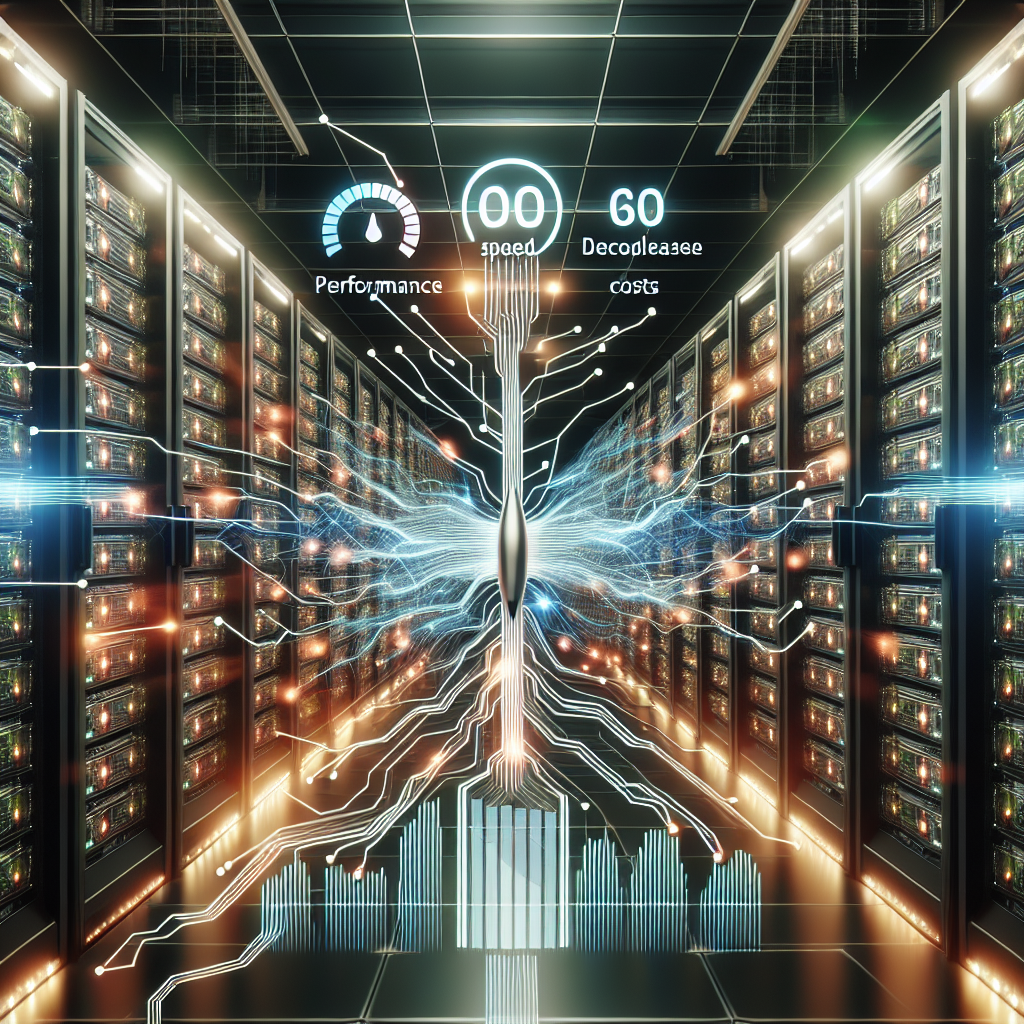Your cart is currently empty!
The Impact of Power Distribution on Data Center Performance and Cost

Data centers are the backbone of modern businesses, serving as the central hub for storing, processing, and managing vast amounts of data. As data centers continue to grow in size and complexity, the efficient distribution of power has become increasingly crucial to their performance and cost-effectiveness.
The way power is distributed within a data center can have a significant impact on its overall performance and operational costs. Inefficient power distribution can lead to downtime, increased energy consumption, and higher maintenance costs. On the other hand, a well-designed power distribution system can improve reliability, optimize energy usage, and reduce operational expenses.
One of the key factors that determine the effectiveness of power distribution in a data center is the choice of power distribution architecture. Traditional centralized power distribution systems, where power is distributed from a single source to all IT equipment, can be inefficient and prone to failures. In contrast, a decentralized power distribution system, where power is distributed from multiple sources to individual IT racks, can improve reliability and efficiency by eliminating single points of failure and reducing power losses.
Another important consideration in power distribution is the use of redundant power supplies. Redundant power supplies provide backup power in case of a primary power source failure, ensuring uninterrupted operation of critical IT equipment. However, redundant power supplies can also increase energy consumption and add to the cost of equipment and maintenance. Data center operators must carefully weigh the benefits of redundancy against its potential drawbacks to find the right balance for their specific needs.
In addition to power distribution architecture and redundancy, data center operators must also consider factors such as load balancing, power quality, and cooling requirements when designing their power distribution systems. Proper load balancing can help prevent overloading of power circuits and ensure optimal performance of IT equipment. High-quality power, free from fluctuations and interruptions, is essential for the reliable operation of sensitive electronic equipment. And efficient cooling systems are necessary to dissipate the heat generated by IT equipment and maintain a stable operating environment.
The impact of power distribution on data center performance and cost cannot be overstated. By investing in a well-designed power distribution system, data center operators can improve reliability, optimize energy usage, and reduce operational expenses. In today’s competitive business environment, where downtime can result in significant financial losses, the importance of efficient power distribution in data centers cannot be ignored.

Leave a Reply